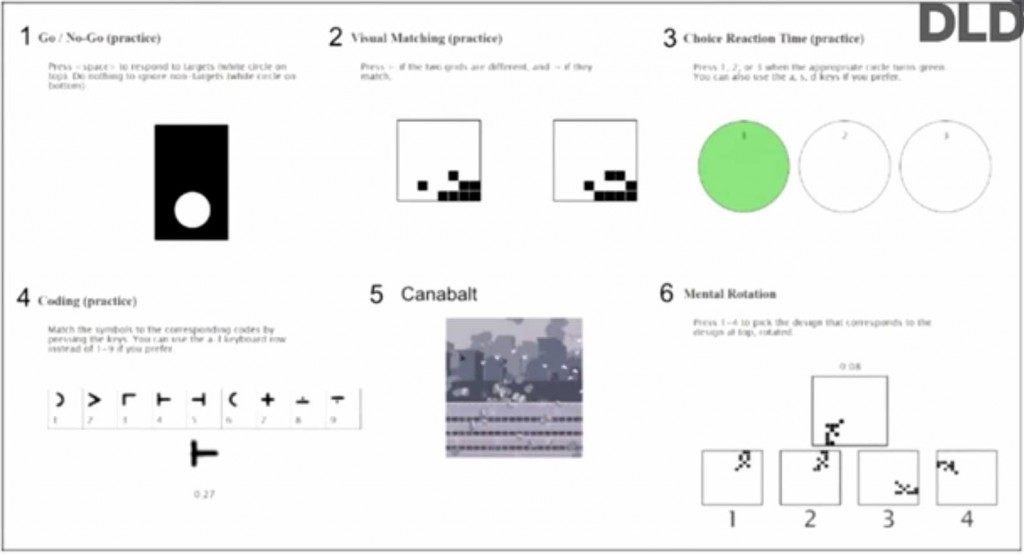A few weeks ago a new player came on to the scene (for me anyway) via an article, Halo headband wants to make you smarter by shocking your brain. Interesting, but kind of vague. TheVerge’s Ben Popper subtitled it A far-fetched gadget has backing from the tech industry’s biggest investor. Exactly. Today I got around to looking at the HaloNeuro website, basically a place-holder webpage, except for the team. What sort of ‘headband’ would warrant such a distinguished collection of Silicon Valley heavyweights?
Daniel S. Chao, M.D., M.S. – CEO
Former head of business development at NeuroPace, McKinsey consultant, and co-founder and CEO of Lumos Catheter Systems. Stanford M.D. and M.S. in neuroscience
Brett Wingeier, Ph.D.
Former principal engineer and clinical scientist at NeuroPace. US Registered Patent Agent, named on 16 US patents. Biomedical engineering doctorate with studies at Tulane, Stanford, and Swinburne
Amol Sarva, Ph.D.
Former CEO, founder of Peek, McKinsey consultant, co-founder of Virgin Mobile USA. Doctorate with dissertation in cognitive science from Stanford
Gary Abrams, M.D.
Director of Neurorehabilitation Clinic at UCSF Medical Center, Professor of Neurology
Shashi Upadhyay, Ph.D.
CEO at Lattice Engines. Former McKinsey consultant
Steve Lee
Director at Google X, Project Glass
Erick Tseng
Head of Mobile at Facebook, Board Director at Epocrates (EPOC), Advisory Board at HealthTap. Former first Product Manager for Android at Google, McKinsey consultant
Mario Schlosser
CEO of Oscar Insurance. Former CEO and co-founder Vostu, McKinsey consultant. M.S., CS Stanford
Mark George, M.D
Layton McCurdy Endowed Chair; Director, Brain Stimulation Laboratory at Medical University of South Carolina
Reed Hundt
Board Director of Intel, CEO of Coalition for Green Capital. Former Chairman of FCC under President Bill Clinton, Obama transition team, McKinsey senior adviser, Partner at Latham & Watkins
Anirudh Patni
Founder and Chairman, Agiliad. Former senior executive with Patni Systems, McKinsey consultant
They also just announced a recent round of funding!
While the thought of applying electricity directly to the brain in unsupervised conditions is, to some, a bit scary, Halo Neuroscience has gotten over a million smackers to allow you do just that. Halo, a company that will produce a wearable device to “boost brain function” has closed a $1.5 million round led by Marc Andreessen of Andreessen Horowitz and Jeff Clavier of SoftTech VC.
Something is up in tDCS land.
via Halo, The Brain-Improving Wearable, Raises $1.5 Million | TechCrunch.


